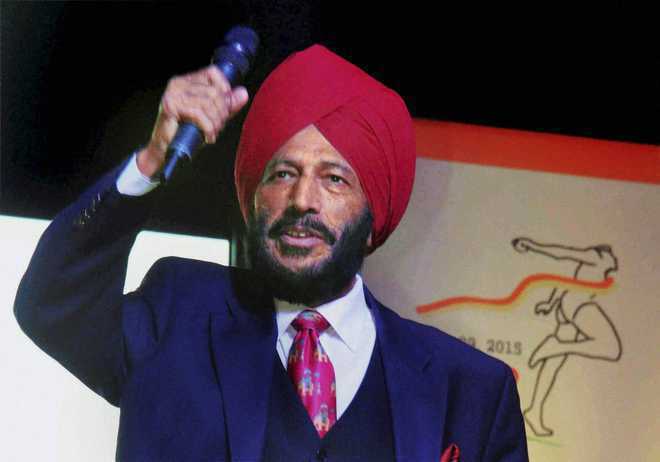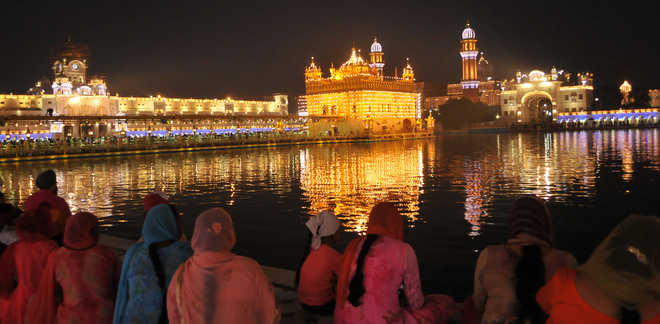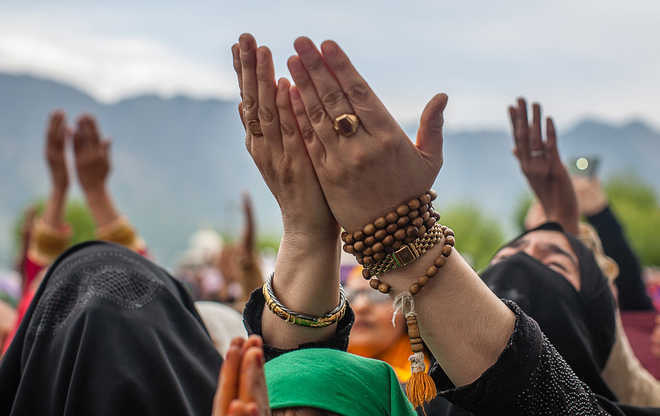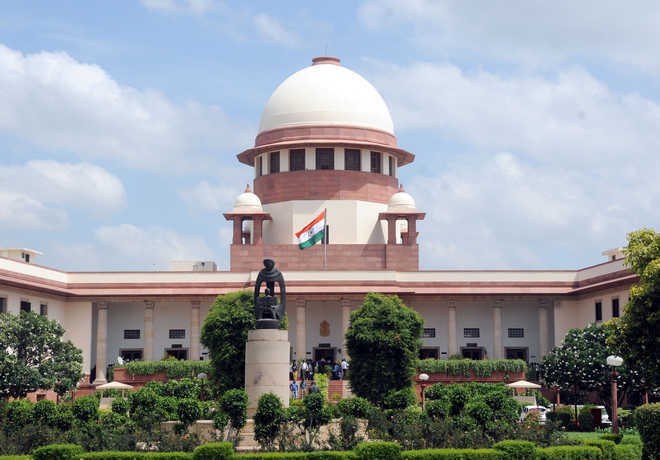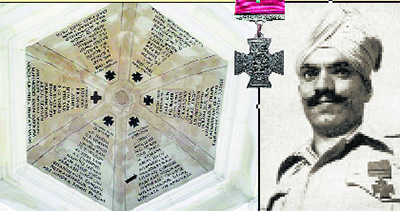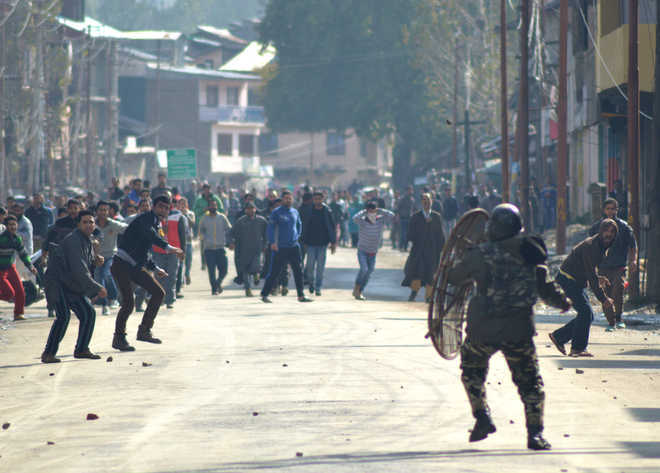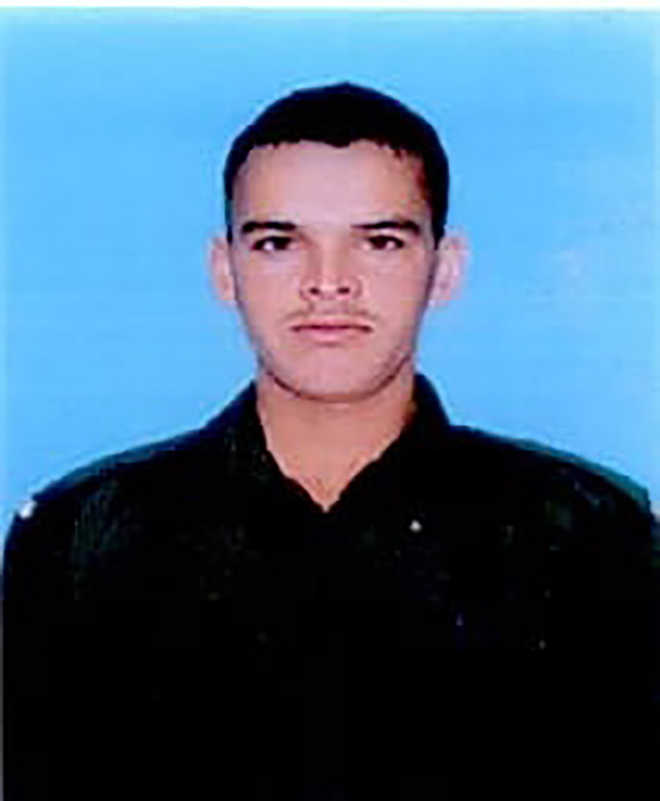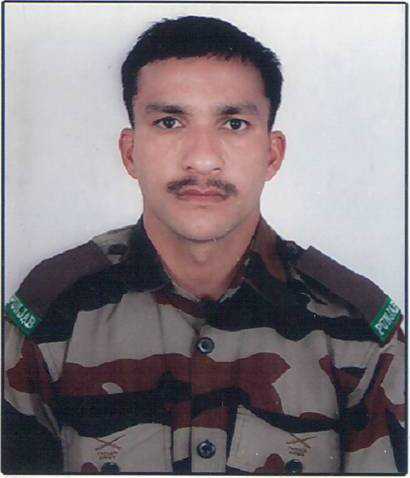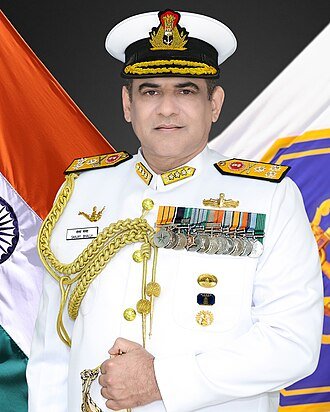Milkha Singh. File photo
Tribune Web Desk
Chandigarh, August 19
A glaring error in a West Bengal textbook in depiction of athlete Milkha Singh was highlighted by a user on Twitter.Instead of Milkha Singh’s photo, the publisher has used Farhan’s picture, who played the reel Milkha Singh in the 2013 biographical film ‘Bhaag Milkha Bhaag’.Actor Farhan Akhtar has also urged West Bengal’s minister of school education to replace the textbook.
When West Bengal education board have Shown Shri Milkha Singh Ji as actor Farhan Akhtar they might show Bengal as Australia


Farhan Akhtar✔@FarOutAkhtar
To the Minister of School Education, West Bengal.
There is a glaring error with the image used in one of the school text books to depict Milkha Singh-ji. Could you please request the publisher to recall and replace this book?
Sincerely. @derekobrienmp
Lyfe Ghosh@Lyfeghosh
image of @FarOutAkhtar is portrayed as milkha singh in west bengal text book. not at all shocked. its became regular incident here @ShefVaidya @ShankhNaad
“To the Minister of School Education, West Bengal. There is a glaring error with the image used in one of the school text books to depict Milkha Singh-ji. Could you please request the publisher to recall and replace this book? Sincerely, (sic)” he tweeted.The actor portrayed the legendary athlete in the 2013 film based on his life.Farhan also tagged Trinamool Congress MP Derek O’Brien in the tweet who responded saying that he was “on it”.Meanwhile, twitterati are not amused by this glaring error and slammed the textbook.Take a look at some of the reactions:
West Bengal using the Image of Farhan Akhtar to teach students about Milkha Singh….This is Bengal education
Tushar Sharma@ReticentReveler
Farhan Akhtar’s photo used in place of Milkha Singh in West Bengal textbooks. What next? Arbaaz Khan’s portrayed as Roger Federer in GK textbooks? Anyway, Bengal politicians seem to be taking Twitter a too seriously with their MPs too referring to Twitter handles in Parliament
madan mohit bhardwaj@mohitbhardwaj23
So these kids think that . That’s what they are studying in their syllabus
When West Bengal education board have Shown Shri Milkha Singh Ji as actor Farhan Akhtar they might show Bengal as Australia.
:


















































